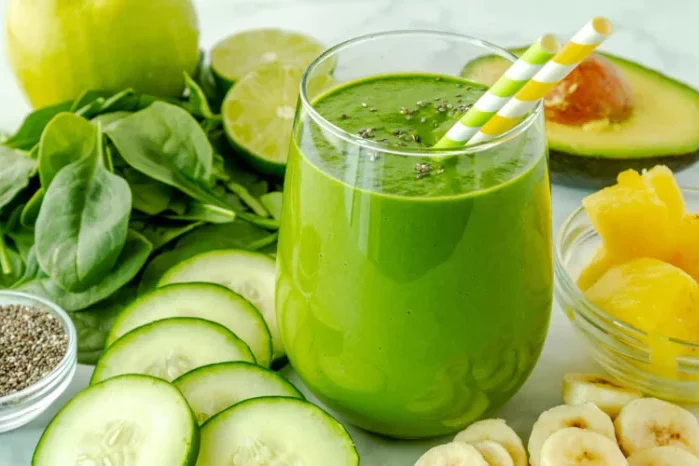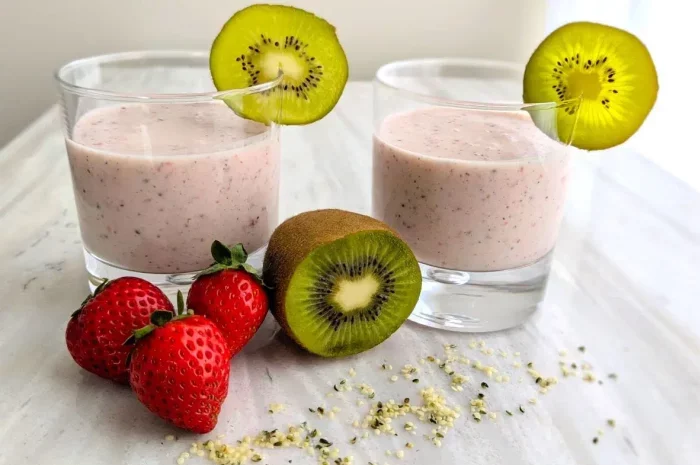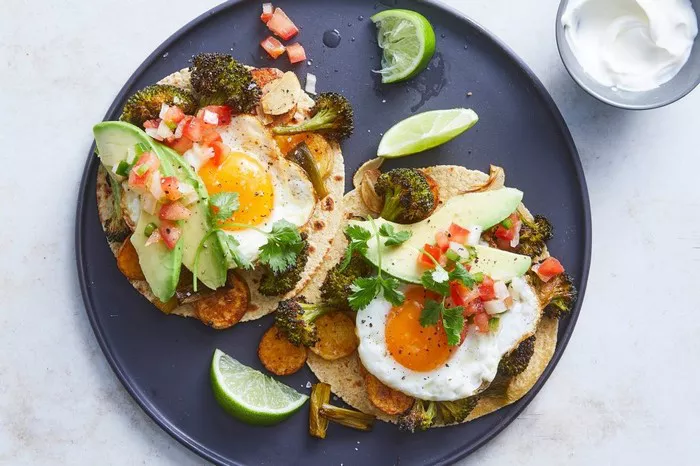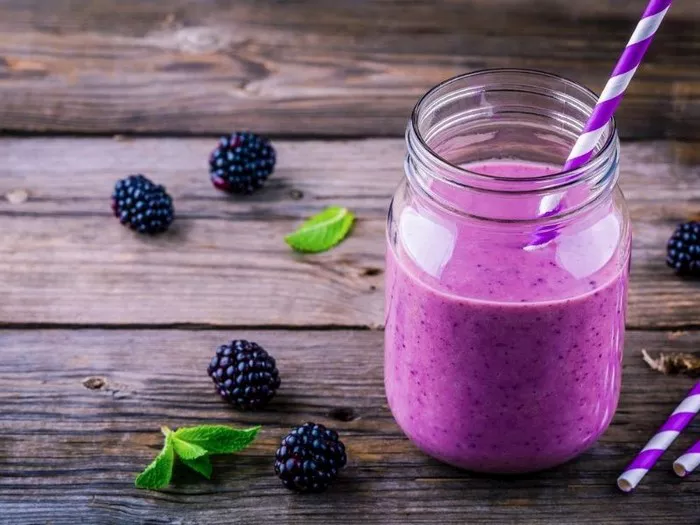Chinese cuisine is one of the most diverse and sophisticated in the world, with a rich history spanning thousands of years. From the delicate flavors of Cantonese cuisine to the bold and spicy profiles of Sichuan dishes, there is an endless array of options to explore. Cooking Chinese dishes requires an understanding of unique ingredients, cooking techniques, and flavor combinations. In this comprehensive guide, we will delve into the fundamental aspects of cooking Chinese cuisine, enabling you to create delicious and authentic Chinese dishes in your own kitchen.
Essential Chinese Ingredients
Pork: Pork is a staple in Chinese cooking. Different cuts are used for various purposes. For stir – fries, lean cuts like pork loin or tenderloin are ideal. They are cut into small pieces or slices and marinated for flavor. When making braised dishes, fatty cuts such as pork belly can add richness. Ground pork is commonly used in dumplings, meatballs, and certain noodle dishes. It’s important to choose fresh pork with a firm texture and a good color. When marinating pork, ingredients like soy sauce, ginger, garlic, and a little sugar are often used to enhance its flavor.
Beef: Beef is also widely used, especially in northern Chinese cuisine. Tender cuts like sirloin or flank steak are preferred for stir – frying. They are cut against the grain to ensure tenderness. For slow – cooked dishes, tougher cuts can be used as they become tender over time. In Chinese cooking, beef is often marinated with a combination of soy sauce, Chinese five – spice powder, ginger, and scallions. This not only adds flavor but also tenderizes the meat.
Chicken: Chicken is a versatile protein. Boneless, skinless chicken breasts are great for quick stir – fries, while chicken thighs are more flavorful and suitable for braised or roasted dishes. Whole chickens are used for making soups. When using chicken in Chinese dishes, it’s common to season it with salt, ginger, and scallions. Chicken feet are a popular ingredient in some Chinese delicacies, often prepared in a braised or steamed manner.
Seafood: Seafood plays a significant role in Chinese cuisine, especially in coastal regions. Shrimp, fish, crab, and various shellfish are commonly used. Freshness is key when it comes to seafood. For example, when cooking shrimp, look for ones that are firm, have a translucent shell, and no unpleasant odor. Fish should have clear eyes and shiny scales. Seafood is often cooked simply to preserve its natural flavor, with seasonings like ginger, scallions, and a touch of soy sauce.
Vegetables
Cabbage: Chinese cabbage, such as Napa cabbage, is a common vegetable. It has a mild flavor and a tender texture. It can be used in stir – fries, soups, or as a filling for dumplings. Bok choy, another type of cabbage, is often stir – fried with garlic or used in clear soups. When preparing cabbage, it’s important to wash it thoroughly and cut it into appropriate sizes. For stir – fries, cut it into small pieces or shreds.
Mushrooms: Shiitake mushrooms are highly prized for their rich, umami flavor. They can be used in both vegetarian and non – vegetarian dishes. Dried shiitake mushrooms are soaked in water before use, and the soaking liquid can be reserved for adding flavor to the dish. Button mushrooms and oyster mushrooms are also popular. Mushrooms are often stir – fried with other vegetables or added to slow – cooked dishes.
Bell Peppers: Bell peppers, with their bright colors and sweet flavor, are used in many Chinese stir – fries. They add a pop of color and a refreshing crunch. Different colors of bell peppers can be used for visual appeal. They are usually cut into slices or small pieces and stir – fried quickly over high heat.
Onions and Garlic: Onions and garlic are essential flavoring agents. Onions can be used in various Chinese dishes, from stir – fries to stews. They add a sweet and savory flavor. Garlic, with its pungent aroma, is used in almost every type of Chinese cooking. It can be minced, sliced, or crushed, depending on the dish. The combination of onions and garlic forms the base of many Chinese flavor profiles.
Green Onions (Scallions): Green onions are used both as a flavoring ingredient and a garnish. The white part has a stronger flavor and is often used in cooking, while the green part is added at the end for a fresh look and taste. They are used in stir – fries, soups, and noodle dishes. Scallions are a simple yet effective way to enhance the flavor of a dish.
Staple Ingredients
Rice: Rice is a fundamental part of Chinese cuisine. Long – grain rice is commonly used for daily meals. It can be cooked simply by boiling in water or in a rice cooker. In some Chinese dishes, fried rice is a popular option. Special types of rice, such as glutinous rice, are used in making traditional snacks and desserts like zongzi (rice dumplings).
Making Vegetarian or Vegan Versions
Substituting Proteins: For vegetarian or vegan versions of Chinese dishes, substitute animal proteins with plant – based options. In dishes like Kung Pao Chicken, you can use tofu or tempeh instead of chicken. Cut them into similar – sized pieces and marinate them as you would the chicken. For beef and broccoli, use seitan or mushrooms to replace the beef.In wonton soup, you can make a filling with a combination of finely chopped mushrooms, tofu, and vegetables. You can also use vegan wonton wrappers if available.
Using Vegan Seasonings: Make sure the seasonings you use are vegan – friendly. Check the labels of soy sauce, oyster sauce, and other sauces as some may contain animal products. There are now many vegan alternatives available, such as vegan oyster sauce made from mushrooms.Use vegetable broth instead of chicken or beef broth. You can also enhance the flavor of the broth with dried mushrooms, seaweed, and other plant – based ingredients.
Dietary Restrictions and Allergies
Gluten – free Options: If you’re following a gluten – free diet, use gluten – free soy sauce, which is usually made from soybeans and not wheat. You can also use alternative flours like rice flour or potato flour for batter – coated dishes like sweet and sour pork. Make sure the wonton wrappers or other noodle products you use are gluten – free.When thickening sauces, use cornstarch instead of wheat – based thickeners.
Allergy – free Cooking: If you have food allergies, be careful with the ingredients you use. For example, if you’re allergic to peanuts, avoid using peanut oil and peanuts in your dishes. Check the labels of all packaged seasonings and ingredients for potential allergens.If you’re allergic to shellfish, avoid using shrimp, crab, and other shellfish in your cooking. You can substitute them with other proteins or vegetables.
Conclusion
In conclusion, cooking Chinese dishes is a wonderful journey that allows you to explore a vast range of flavors, textures, and cooking techniques. With the right knowledge of ingredients, proper cooking methods, and some creativity, you can create delicious Chinese meals that suit your taste and dietary needs. Whether you’re cooking for yourself, your family, or friends, these tips and recipes will help you master the art of Chinese cooking.
Related Topics:























